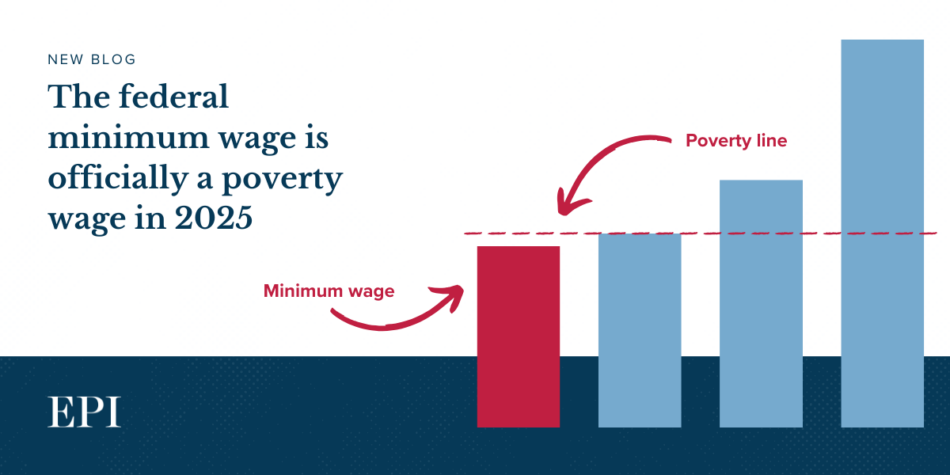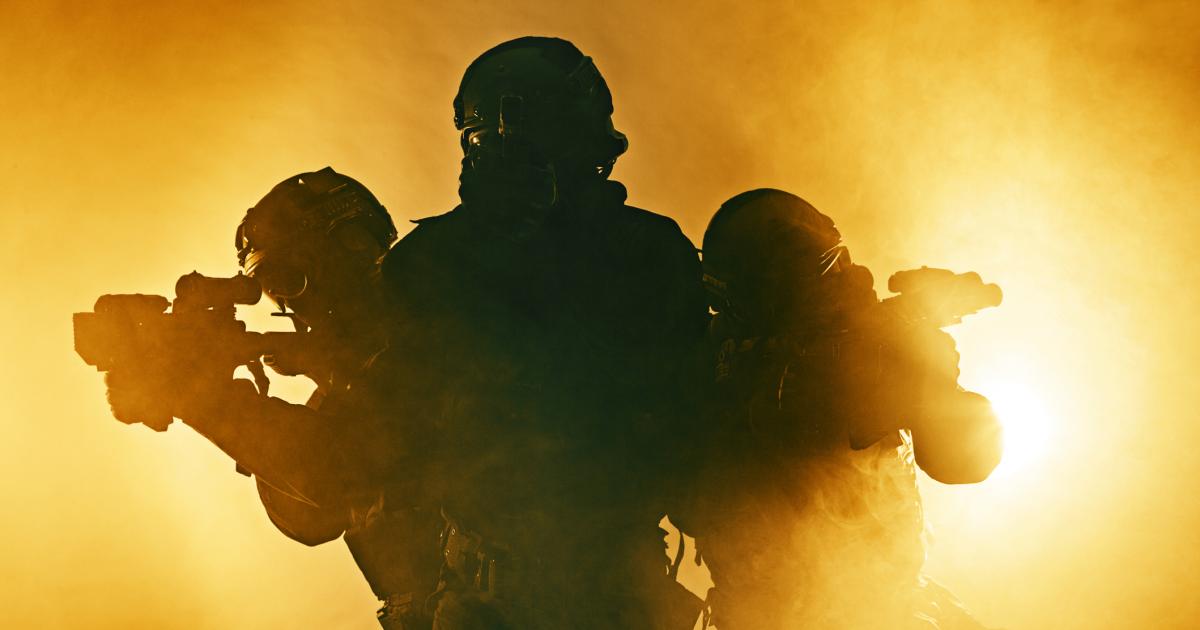The Elusiveness of Military Victory in Modern Warfare

No war is over until the enemy says its over. We may think it over, but in fact, the enemy gets a vote. This powerful statement by General James Mattis encapsulates a profound truth about military conflicts throughout history. Wars have often been waged with the aim of achieving decisive victories; however, in contemporary contexts, such outright military triumphs have become increasingly difficult to realize. This challenge stems from a complex interplay of strategic, political, economic, and technological factors that shape the nature of modern warfare.
One of the most critical influences on the ability to secure decisive victories lies in the realm of nuclear deterrence and strategic containment policies. Although nuclear weapons have not been employed since the bombings of Hiroshima and Nagasaki in August 1945, their lingering presence continues to significantly shape military decision-making and the thresholds for escalation. Take, for instance, Israels reputed nuclear capabilities, which act as a formidable deterrent against the prospect of full-scale regional warfare. This situation effectively ensures that conflicts remain confined to conventional military engagements rather than escalating into catastrophic nuclear confrontations. Furthermore, Russia's recent hints at the potential use of its nuclear arsenal in the ongoing conflict with Ukraine adds another layer of complexity to the geopolitical landscape. Major global powers also impose various constraints to prevent conflicts from spiraling beyond manageable limits, thus limiting the ability of warring factions to achieve total military dominance.
The evolution of international humanitarian law has also played a pivotal role in reshaping the landscape of modern warfare. Legal frameworks such as the Geneva Conventions, along with numerous United Nations resolutions, have introduced significant constraints on military operations. As military strategist Edward Luttwak noted, Wars used to begin and end. Since the UN arrived, with the fiction of collective responsibility, this changed. His assertion highlights a fundamental shift in how conflicts are perceived and resolved. The reality is that wars are often interrupted by ceasefires that rarely lead to negotiated armistices, thereby resulting in a cycle of unending conflicts instead of securing a definitive peace.
Historically, wars were frequently concluded by utterly defeating the enemy, often through catastrophic means that included massacres or widespread destruction. In stark contrast, contemporary warfare is increasingly influenced by international humanitarian norms and the scrutiny of human rights organizations, both of which render such tactics unacceptable. This has been clearly illustrated in the ongoing IsraelHamas conflict, where Israel faces intense scrutiny over its military operations in Gaza, while Hamas is likewise condemned for its actions targeting civilians. The moral imperatives imposed by the global community have restricted both sides from employing the overwhelming force that characterized previous wars, such as the total obliteration of Carthage by Rome. Consequently, military operations today tend to focus on strategic objectives rather than seeking the complete annihilation of an adversary.
Financial considerations also impose significant constraints on the conduct of modern warfare, rendering prolonged conflicts increasingly unsustainable. The soaring costs associated with advanced weaponry, missile defense systems, intelligence infrastructure, and medical care for military personnel exert immense economic pressure on warring entities. For example, Israels Iron Dome missile defense system, renowned for its effectiveness, incurs steep operational costs, with each interception amounting to tens of thousands of dollars. Such exorbitant expenses often create strategic deadlocks rather than facilitating conclusive military victories.
Additionally, the omnipresence of digital media and real-time news coverage has irrevocably altered the dynamics of warfare. Unlike historical conflicts, where military leaders could execute strategies with relative opacity, modern warfare unfolds under intense global scrutiny. Graphic depictions of civilian casualties, destruction of infrastructure, and unfolding humanitarian crises generate powerful public reactions that can shape diplomatic responses and influence policies both domestically and internationally.
In the context of the IsraelHamas conflict and the Russian offensive in Ukraine, media narratives play a critical role in mobilizing international opinion, often creating pressure for ceasefires and negotiations rather than allowing one side to achieve an overwhelming victory. Moreover, the rise of cyber warfare and disinformation campaigns introduces a new layer of complexity, as both sides adeptly leverage digital platforms to influence perceptions and strategic outcomes.
One of the most daunting challenges in securing definitive military victories is the emergence of asymmetric warfare. In this paradigm, state actors confront non-state groups that operate within civilian populations, complicating traditional military doctrines that are typically designed for state-on-state conflicts. These conventional strategies often struggle to counter the guerrilla tactics, decentralized command structures, and urban warfare environments employed by groups such as Hamas. For instance, Hamas utilizes a network of tunnels, human shields, and improvised rocket systems to mitigate Israels technological superiority. This asymmetry serves to prevent clear-cut military victories, as conventional forces must navigate intricate operational environments while adhering to humanitarian constraints.
As warfare continues to evolve, military strategists and policymakers are left to grapple with these multifaceted challenges. They must recognize that in the modern geopolitical landscape, absolute victories are increasingly unattainable, and the complexities of contemporary conflicts demand a reevaluation of traditional military strategies.




























